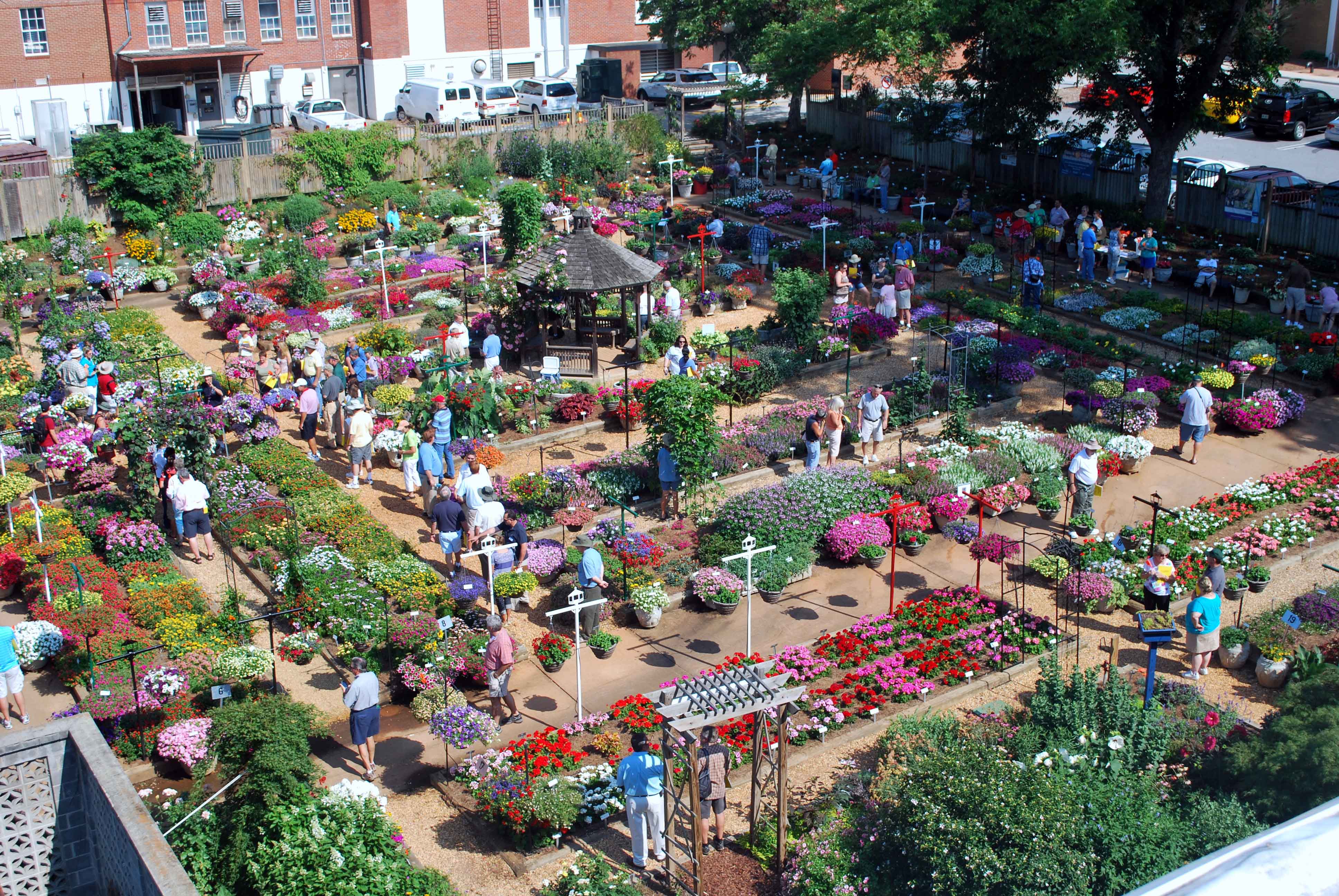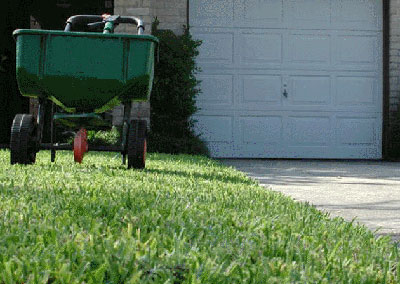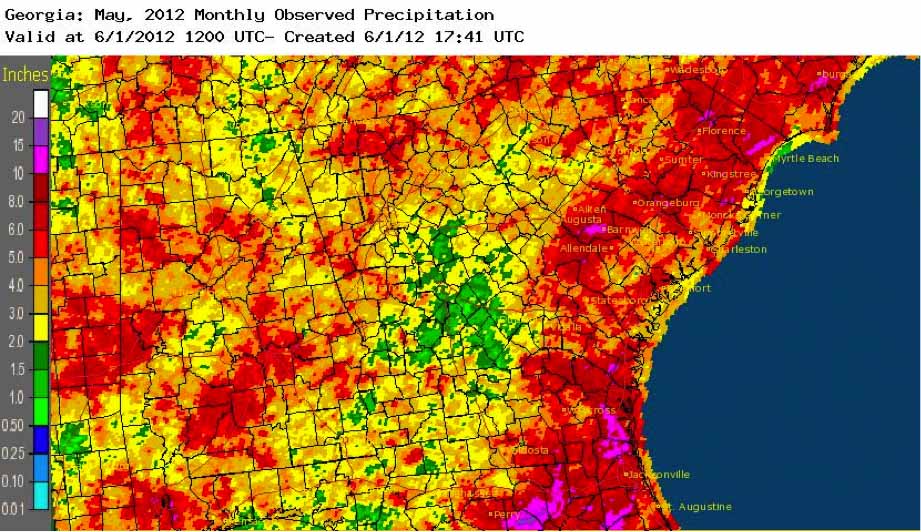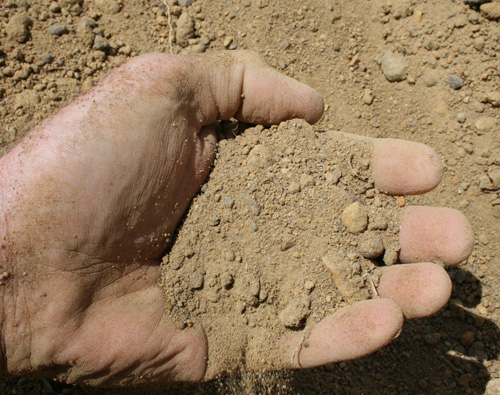 CAES News
CAES News
Trial gardens
Over the last three decades, the Trial Gardens at the University of Georgia have introduced home gardeners and landscape designers to thousands of new plant varieties.





.jpg)